Femtosecond laser cataract surgery
- PMID: 26605364
- PMCID: PMC4655462
- DOI: 10.1186/s40662-015-0021-7
Femtosecond laser cataract surgery
Abstract
Femtosecond laser (FSL) cataract surgery is in its infancy but is rapidly gaining popularity due to the improved consistency and predictability for corneal incisions and anterior capsulorhexis. It enables subsequently less phacoemulsification energy and time to be employed, which has gains in terms of reduced corneal oedema. In addition, the FSL allows better circularity of the anterior capsulotomy, capsule overlap, intraocular lens (IOL) placement and centration of the IOL. These advantages have resulted in improved visual and refractive outcomes in the short term. Complication rates are low which reduce with surgeon experience. This review article focuses on the Alcon LenSx system.
Keywords: Capsulorhexis; Cataract surgery; Corneal incisions; Corneal oedema; Femtosecond; Femtosecond laser; Macular oedema; Phacoemulsification.
Figures
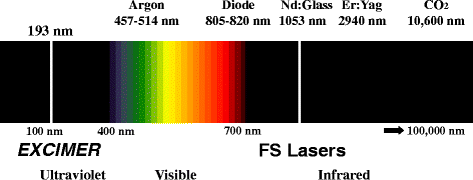
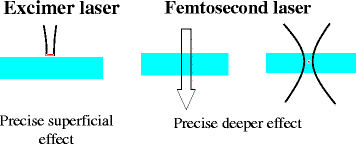
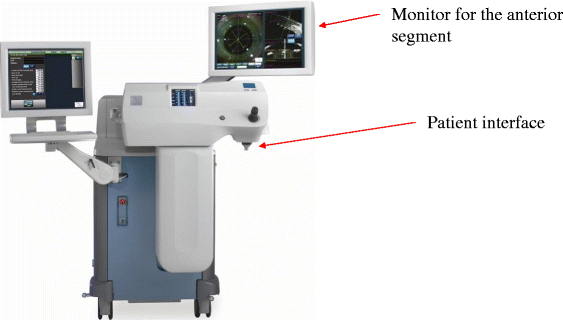
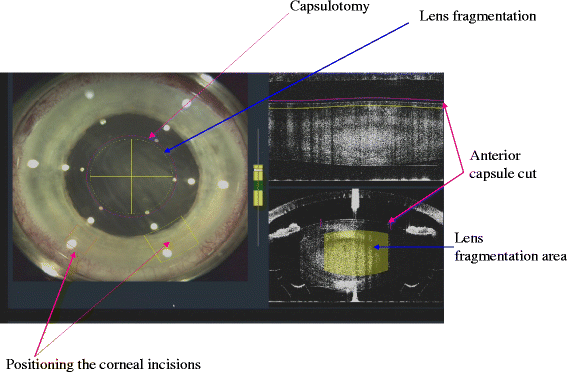
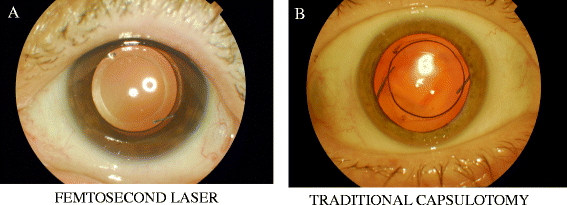
References
-
- Meyer-Schwickerath G. Koagulation der Netzhaut mit Sonnenlicht. Ber Dtsch Ophthalmol Ges. 1949;55:256–259.
Publication types
LinkOut - more resources
Full Text Sources
Other Literature Sources
Medical

